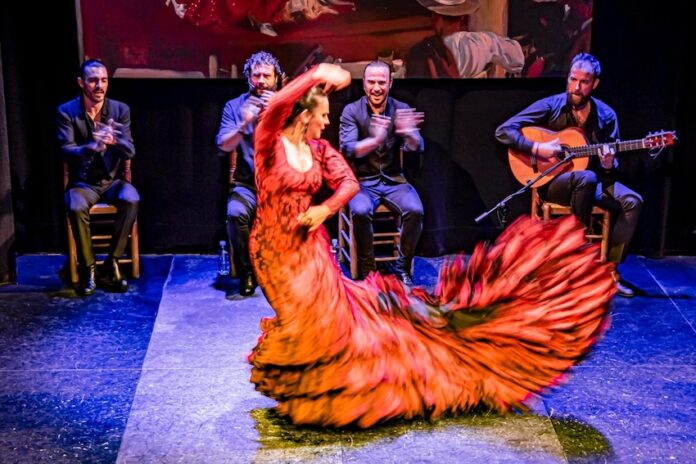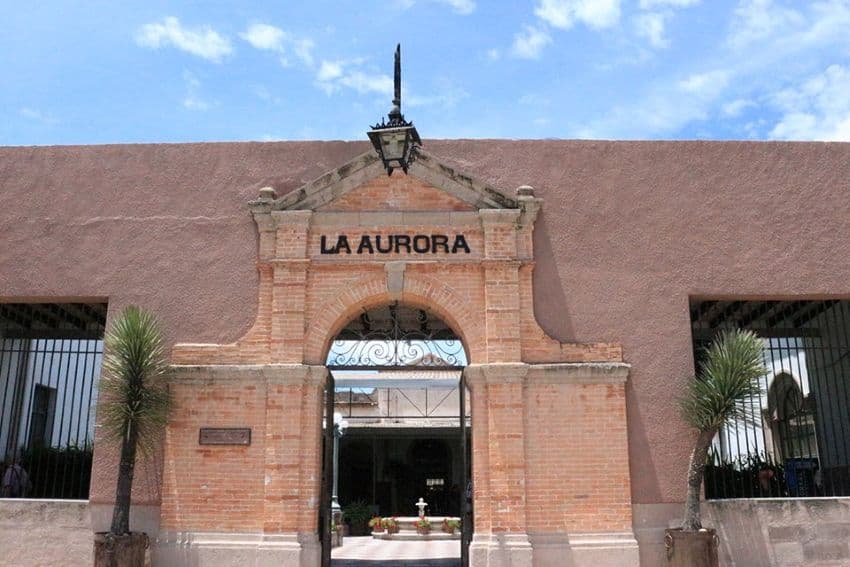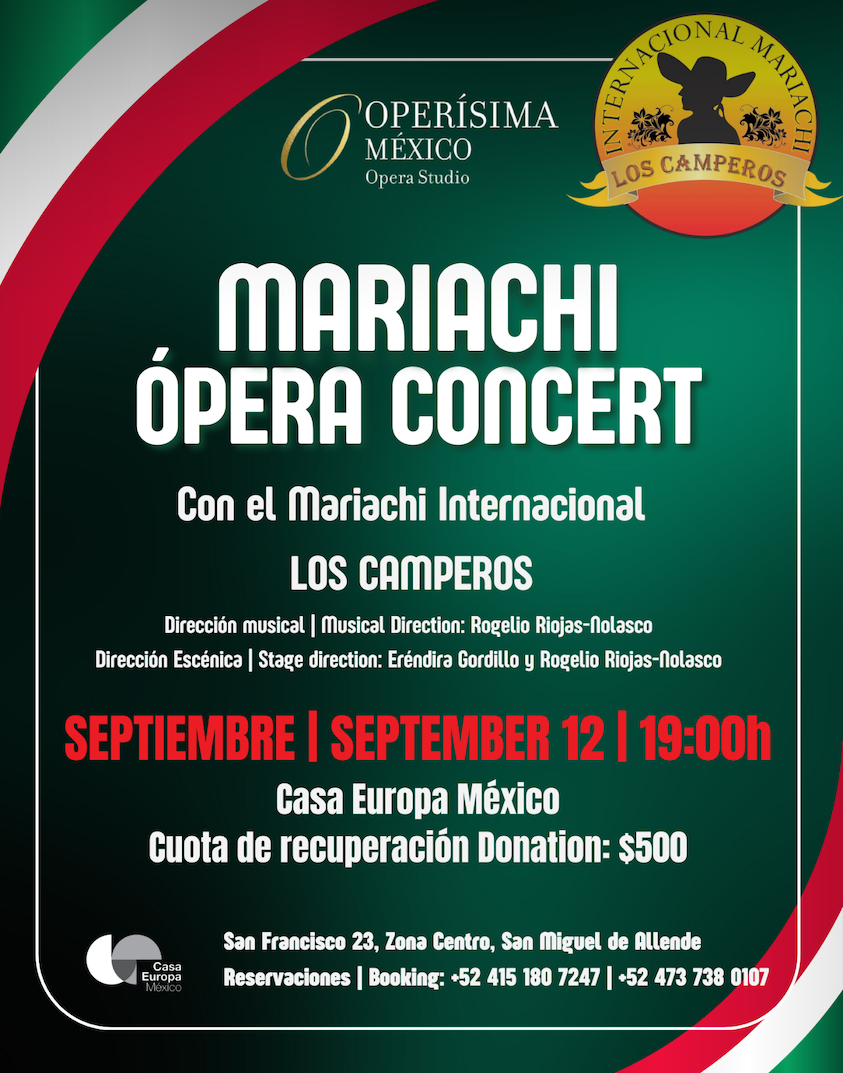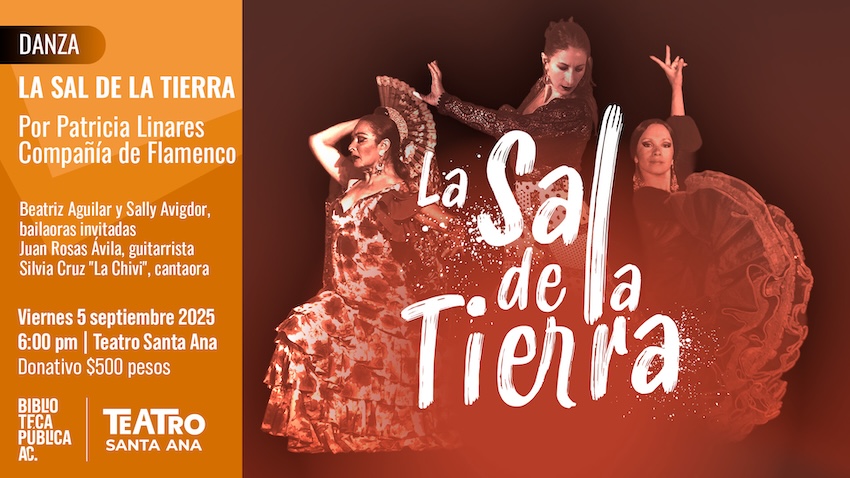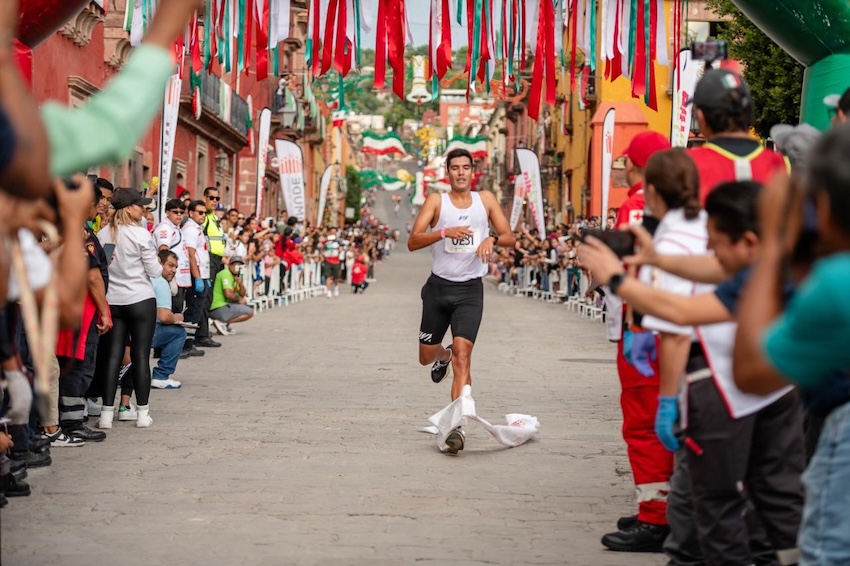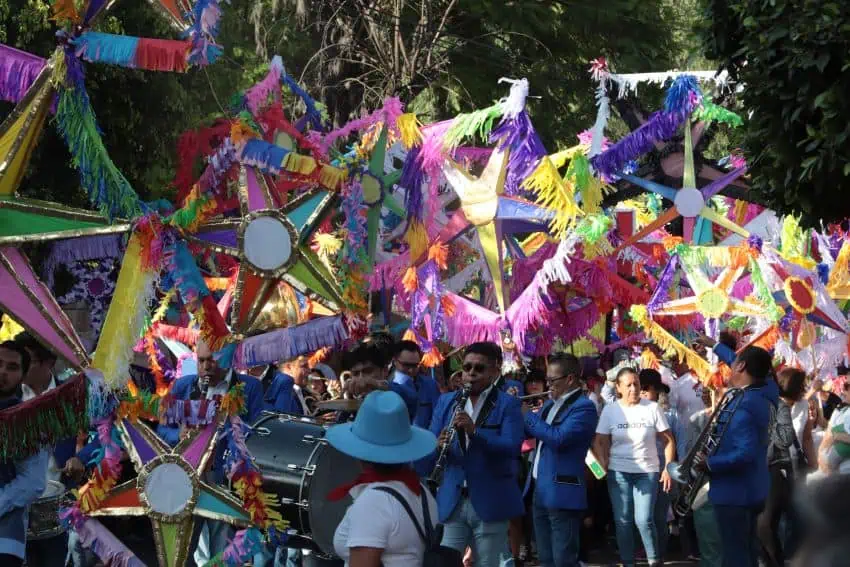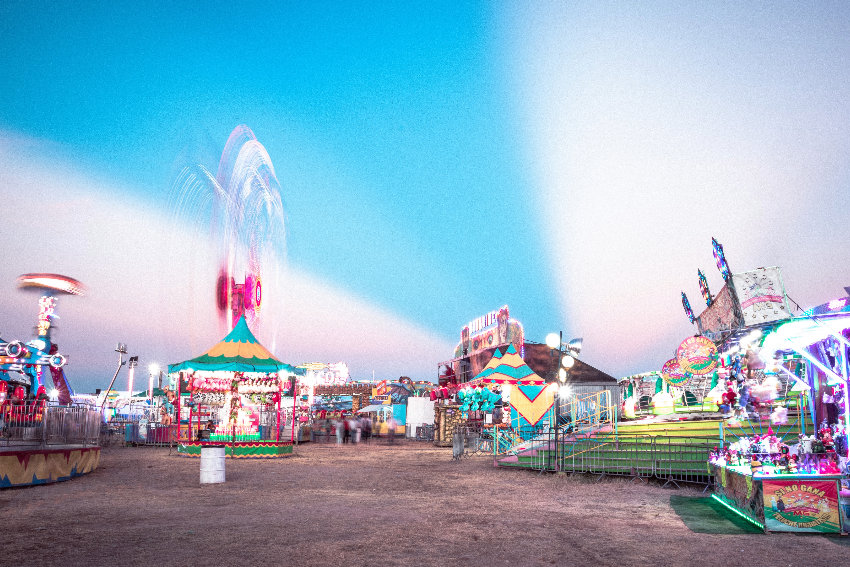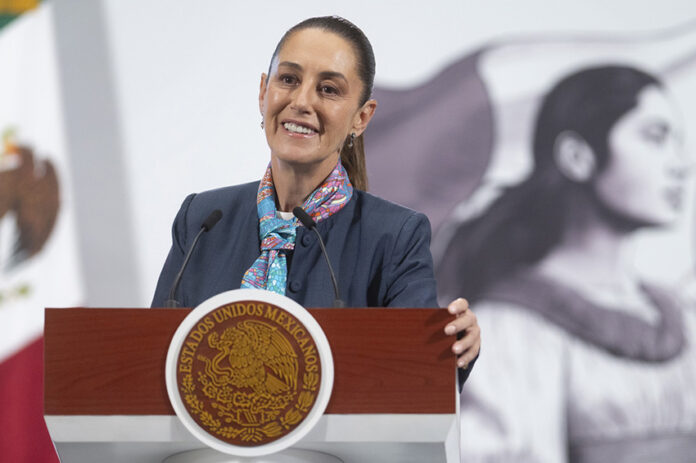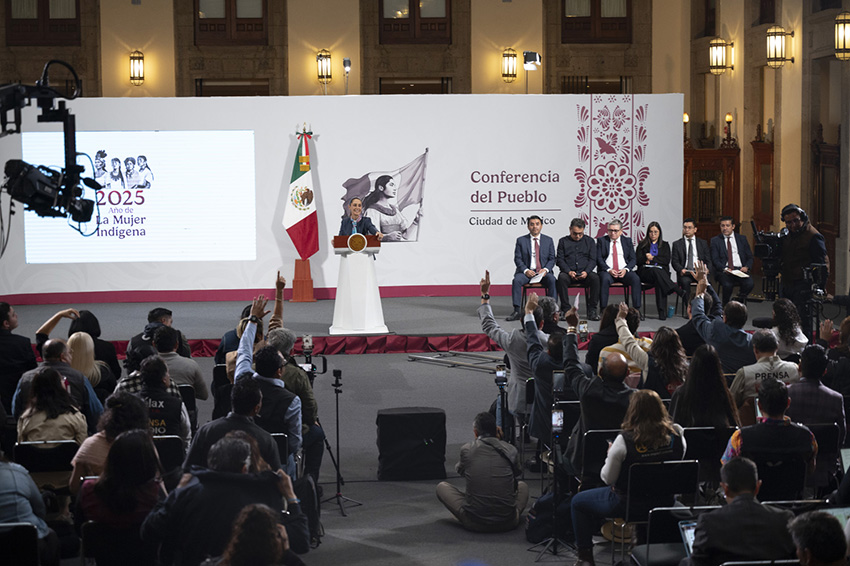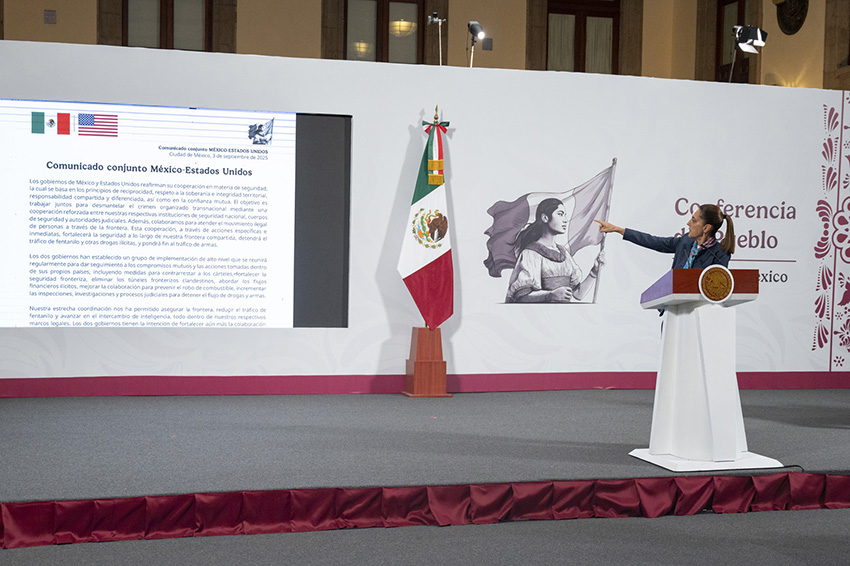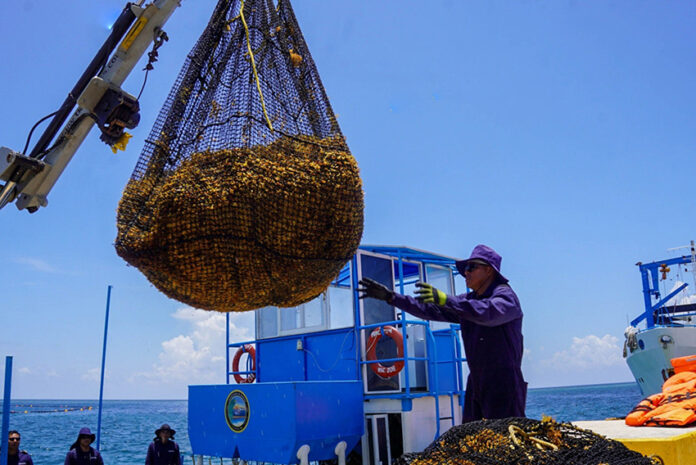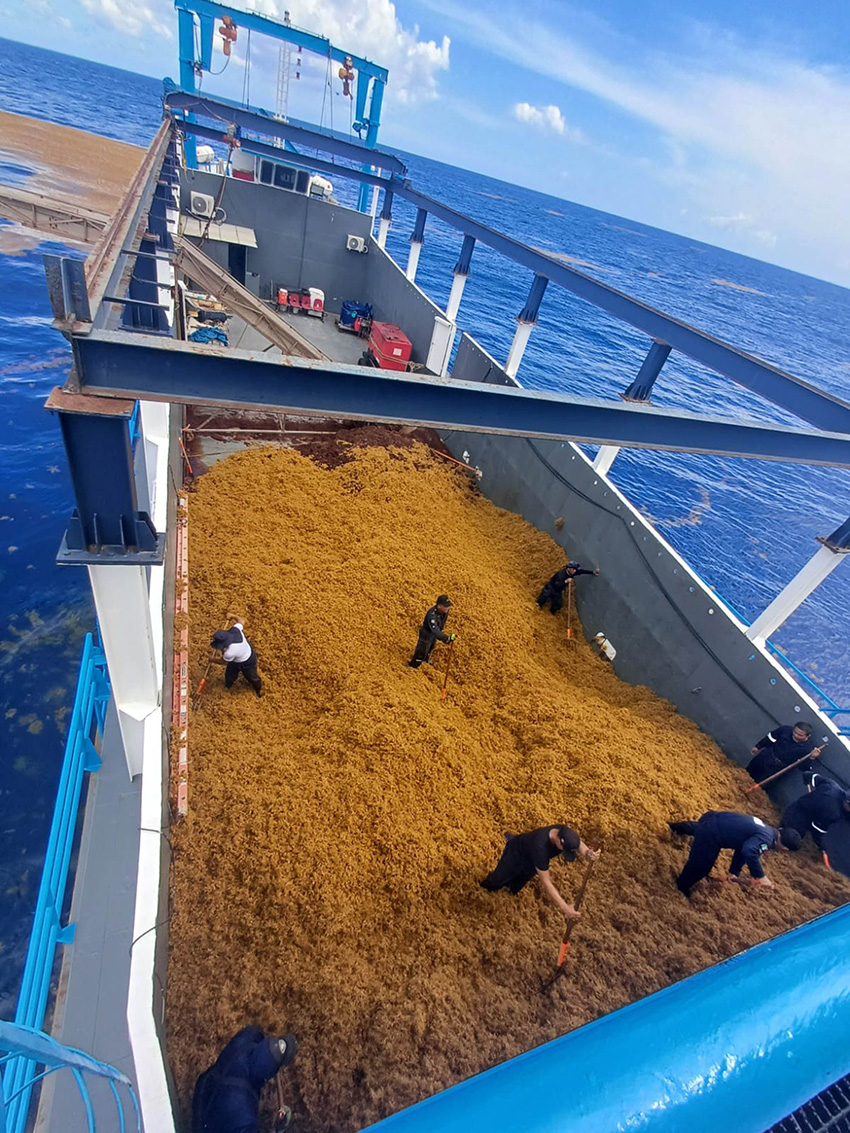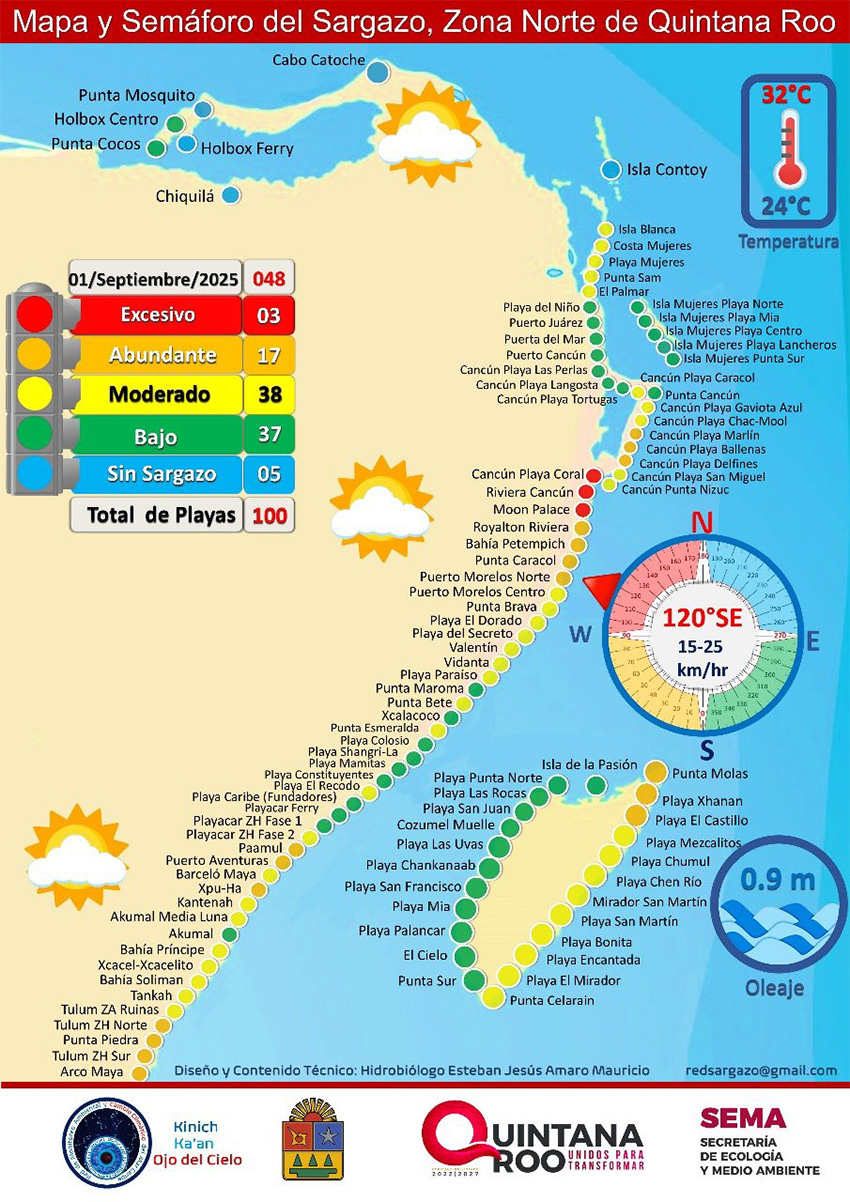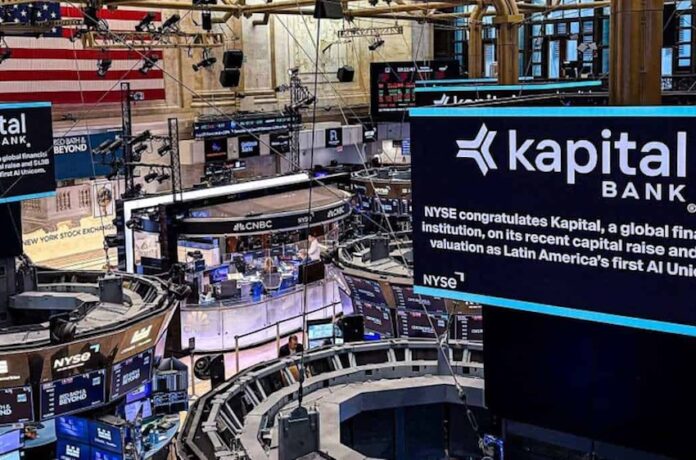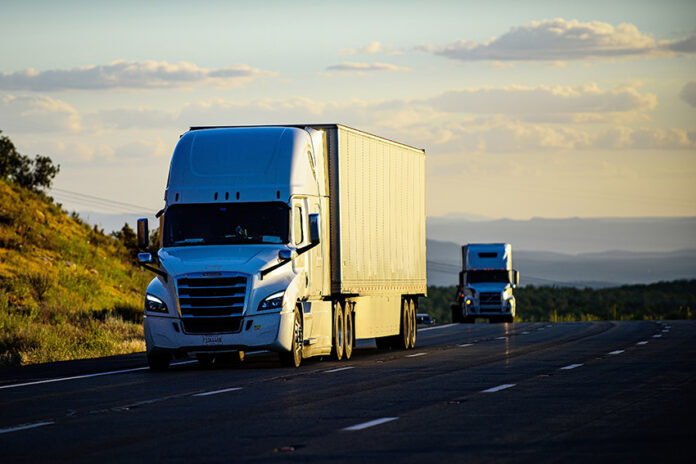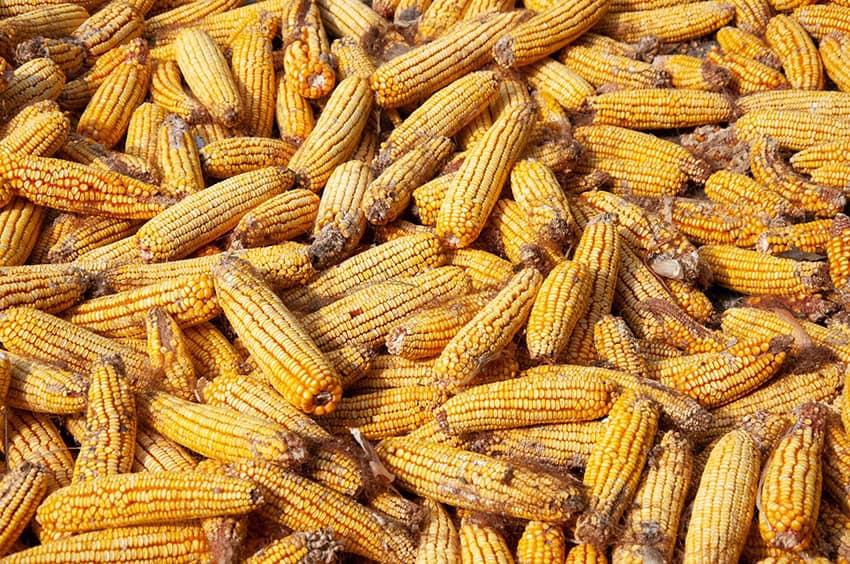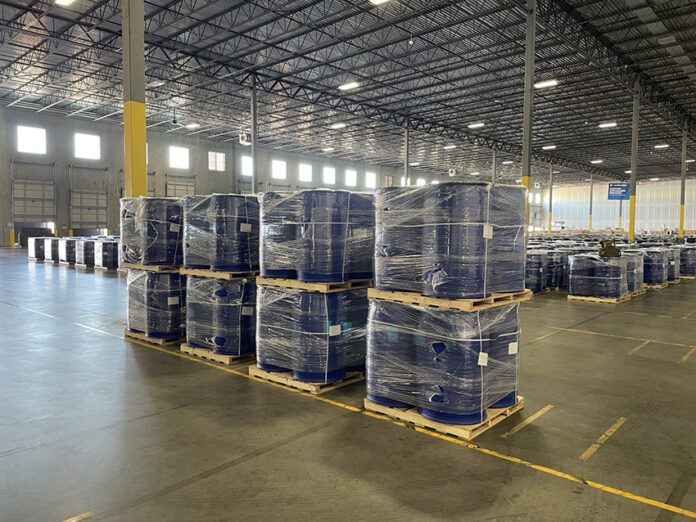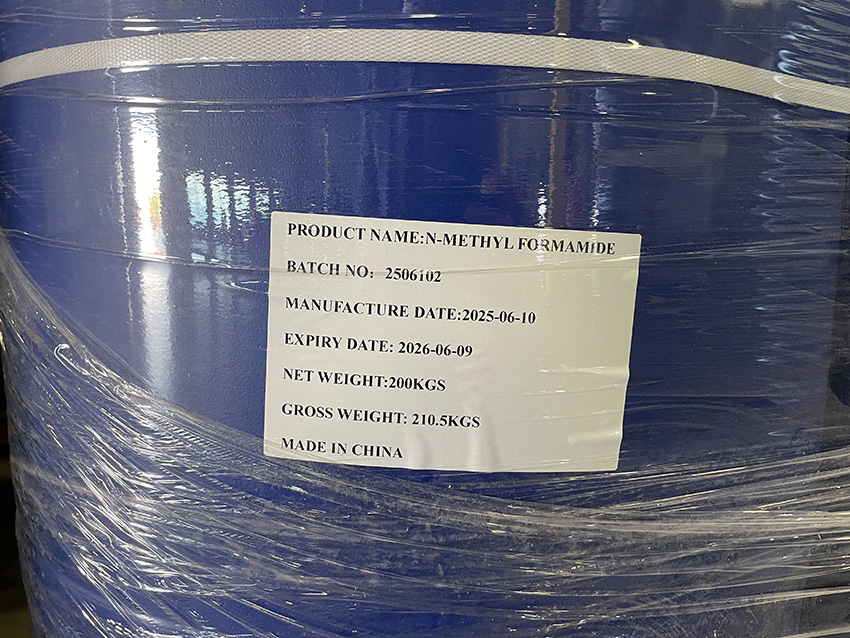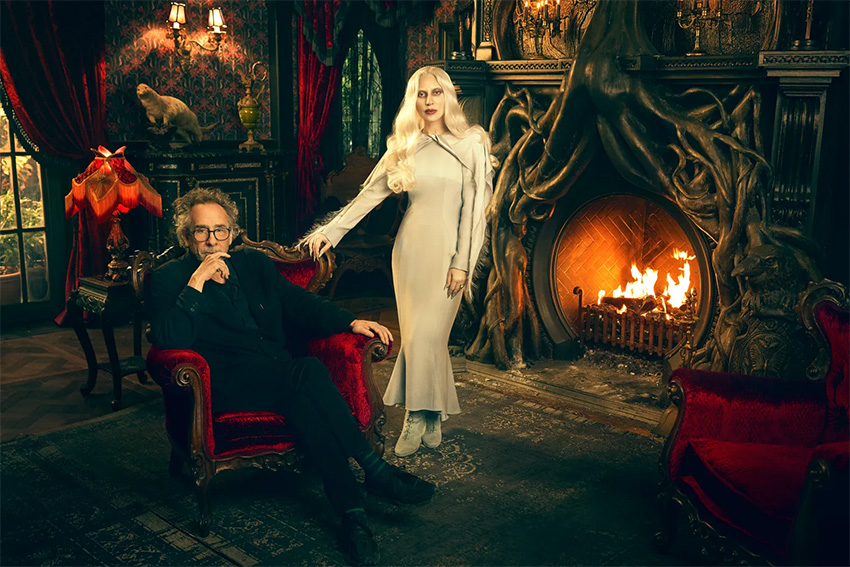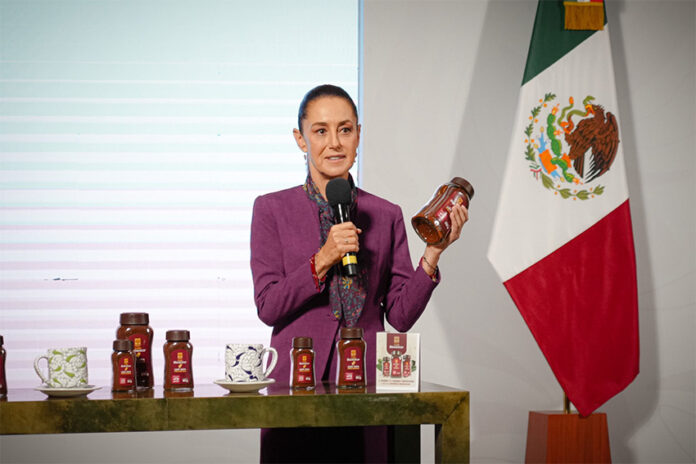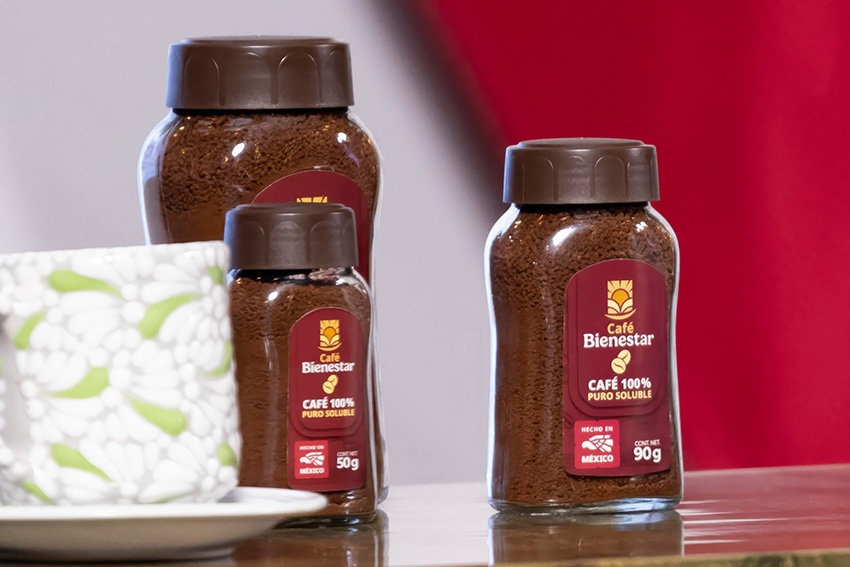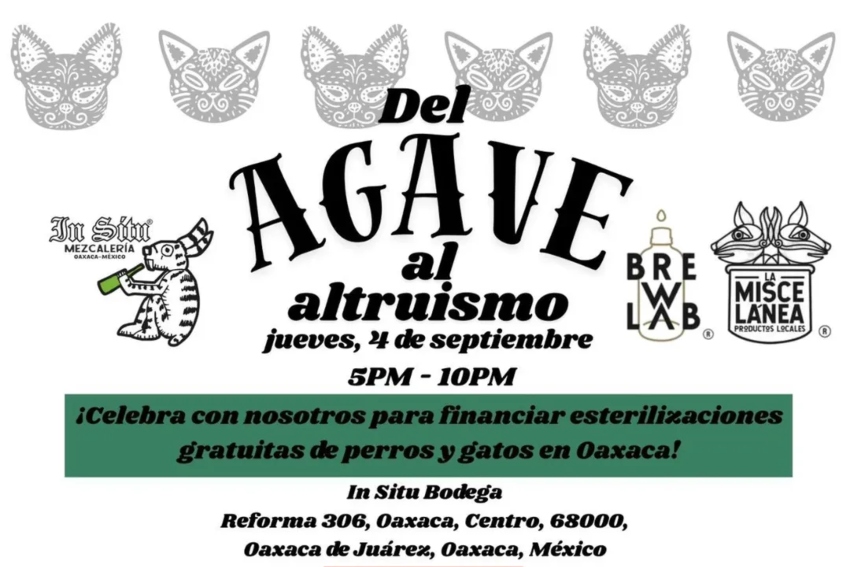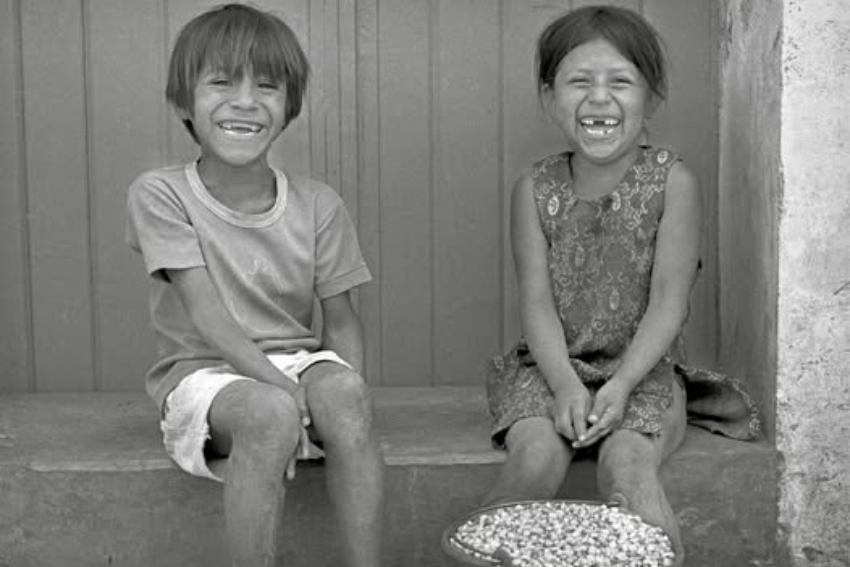Continuing our series on immigrant communities of Mexico City and their food, I dug in deep this week to research the history of the Lebanese community in Mexico — keepers of one of my favorite culinary traditions in the capital.
It’s impossible to know when the first Lebanese immigrant set foot on Mexico’s shores. The beginning of Arab immigration to Mexico began before Lebanon was even a country. People from the area that is now Israel, Lebanon, Syria, Egypt and Turkey migrated throughout the 19th and beginning of the 20th century, escaping the harsh authority (and in the case of Lebanese Christians, religious persecution) of the Ottoman Empire.
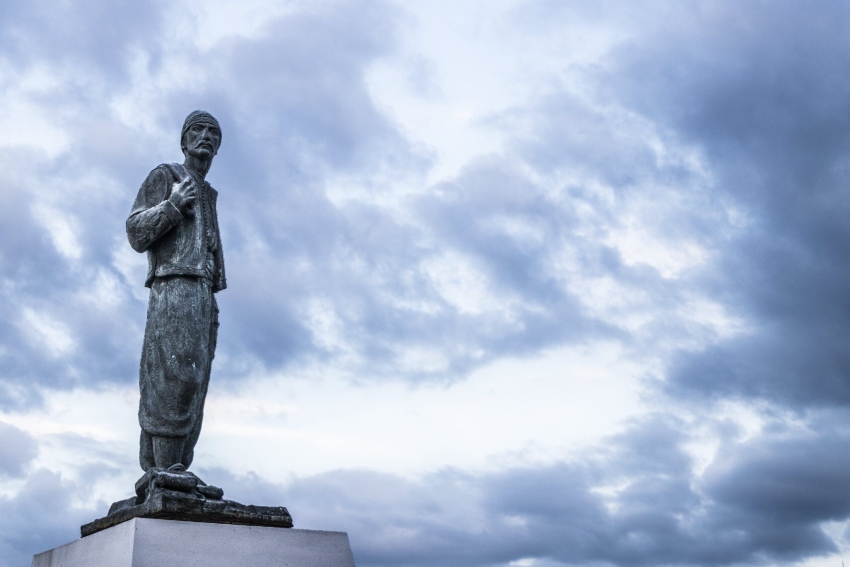
How the Lebanese community in Mexico began
Habib Chamoun, an author and professor who writes about the Lebanese diaspora, says he remembers hearing stories within the community of how the Ottoman Empire pressed young men into military service against their will. Later, he adds, economic woes — such as the 1869 opening of the Suez Canal that contributed to the collapse of the Mount Lebanon silk industry in the 1890s — meant that immigrants left to seek their fortune in countries in Europe, other parts of the Middle East, and the Americas.
“The concept of ‘Arab’ or ‘Lebanese’ was nonexistent in defining nationality in the 19th century,” writes Zidane Zeraoui in his essay Arab Immigration in Mexico: National Integration and Community Identity. “All Middle Eastern immigrants who entered into [Mexico] before World War I were considered Turks.”
It wasn’t until the 1920s that Mexico attempted to precisely record immigrants and their places of origin. But only in the 1930s did those records become reliable enough to be considered good historical sources. Like many immigrants to Mexico, researchers believe that many Lebanese converted their names to similar-sounding Spanish ones or were referred to as Italian or other nationalities, but who were likely from Lebanon or the region.
Ports of entry for Lebanese immigrants
These early Lebanese came by boat to the Yucatán Peninsula or one of the Gulf of Mexico ports (Veracruz, Tampico, and Progreso). Traces of their influence can be seen on the streets of Mérida, where vendors sell “kibbe bola” (a blend of ground meat and seasonings inside a crusty ball of fried dough) topped with fresh cabbage and habanero salsa. The Lebanese took advantage of the Yucatán’s henequen boom, opening small shops or as roving vendors in the streets of cities like Mérida.
Records from the time show that most Arab immigrants arriving were very young. One study says that 52% of the population was between 16 and 30. While men outnumbered women, there was a substantial population of women as well. Leading researchers to believe that these were permanent moves, not temporary money-making endeavors.
How Lebanese immigrants assimilated in Mexico
Rebeca Iclán in “Inmigración libanesa en México: Un caso de diversidad cultural” says that Lebanese immigrants were both welcomed and discriminated against at the same time, but that most of their neighbors accepted and respected them for their skills as vendors and shop owners.
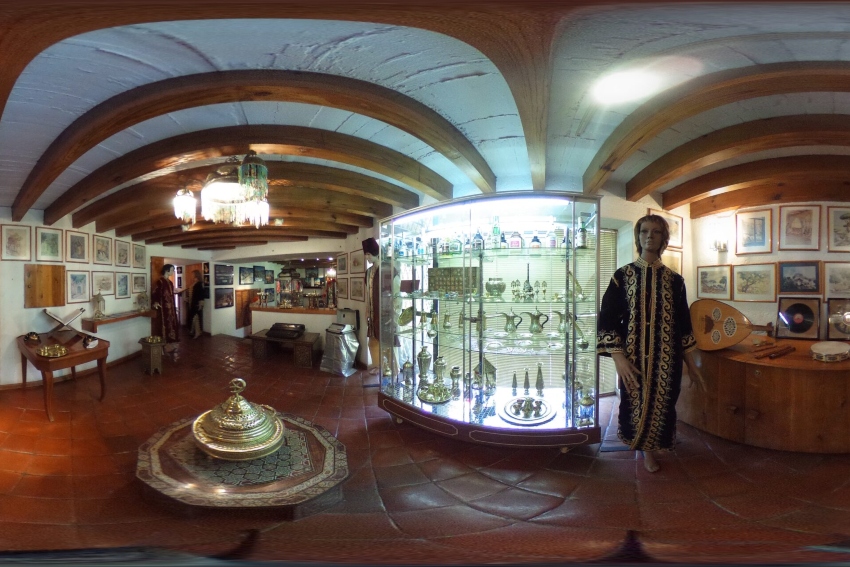
Chamoun, whose book “Negotiate like a Phoenician” highlights the business savvy of the Lebanese, says they offered credit to their clients, which was uncommon at that time. And he adds that they were the type of people who could mix with both poor rural farmers and the elite classes, an attitude that procured them a lot of goodwill in Mexican society.
Another of the reasons that the Lebanese assimilated so easily in Mexico was that most of the newly arrived were Christians, the majority Maronite Catholics.
Mexico City’s Centro Historico is home to one of the only Maronite churches in the world outside of Lebanon, complete with a Saint Charbel statue venerated by the Maronite community. Here you can still hear the blessing of sacramental wine and wafers in Aramaic, a common practice in this sect of Catholicism.
Lebanese in Mexico City
The Lebanese community in Mexico City didn’t really start to form until the 1940s, when families started to move to the interior of the country. By 1948, 1,365 families were living in the capital. The Lebanese Society, founded in 1941, would later become the Centro Libanes social club in the 1950s and still exists today.
More restrictive immigrant laws after 1950 slowed immigration in general to Mexico, but the pre-established community here meant that throughout the twentieth century and into the 2000s, many Lebanese found their way to Mexican shores. The result is close to 600,000 people of Lebanese descent in Mexico today.
Mohamed Badar, the owner and chef of El Jamil restaurant in Condesa, was one of the latest generations of Lebanese immigrants. He arrived in 2005 following the political unrest of the bombing that killed Prime Minister Hariri at the St. George Hotel in Beirut. His career up until then had been focused on the hotel industry, but he always dreamed of opening a restaurant.
Lebanese food and Mexican cuisine
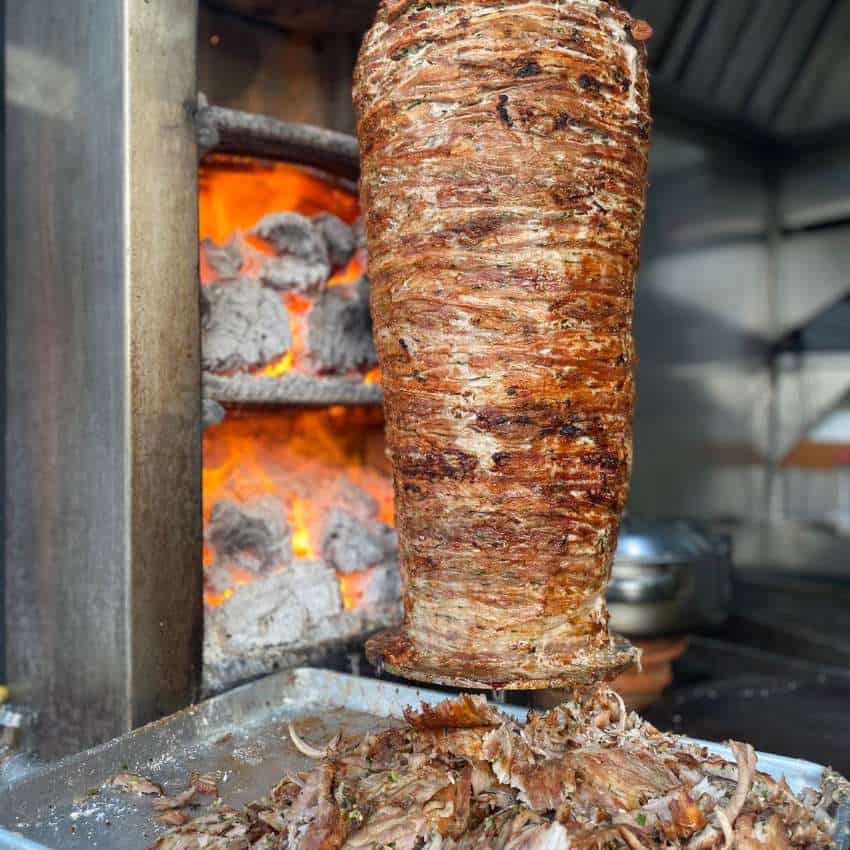
Lebanese food is by far the most beloved of this community’s contributions to Mexico — kibbe, jocoque, falafel, tabbouleh and other equally poetic-sounding dishes can now be found in every form — from falafel shops to fine dining. (While many will tell you that tacos al pastor were Lebanese creations, their origins are actually linked to two Iraqi families in Puebla).
“Lebanese food is about sharing,” says Badar, “no one orders a dish for just themselves unless they are dining alone. You share the bread. You share everything.”
And long before the custom of dining out was popular, cooking traditional food from their homeland was one way in which the Lebanese maintained their connections with their birthplace, sometimes even generations later.
“For special occasions like New Year’s, or a birthday celebration, it was always Lebanese food,” says Andrea Sayeg, who is third-generation Lebanese-Mexican and started Lebanese taco shop Alay Alay in 2021. “I remember my great aunt used to dip our pacifiers in café arabe.”
Lebanese cuisine is known for its earthy flavors of ground coriander, cinnamon and cumin, but also the bright tang of sumac and citrus. Fresh herbs like cilantro, mint and parsley are abundant, and lamb is predominant. In Mexico, dishes have often been modified to include more beef and pork, which are more popular proteins with diners here. Fresh olive oil is also prevalent, along with spice mixes like za’atar, which is a blend of thyme, sumac and sesame.
The best Lebanese restaurants in Mexico City
It seemed that everyone I talked to for this piece had their favorite Lebanese restaurant in Mexico City. Most agreed that for an authentic and old-school experience, Al Andalus in the Centro Historico is a must. Chef Mohamed Mazeh sold tacos arabes when he came in 1990. That was before opening Al Andulus in 1994 inside what was famously the city’s first officially sanctioned brothel in the 1600s. It’s now a lovingly preserved relic of Colonial architecture. In its stone courtyard, you can sip “arak” (an anise-flavored liquor traditional to the region) and scoop up the various items that form the mezze-style menu with some of their homemade pita baked fresh in their massive stone oven upstairs.
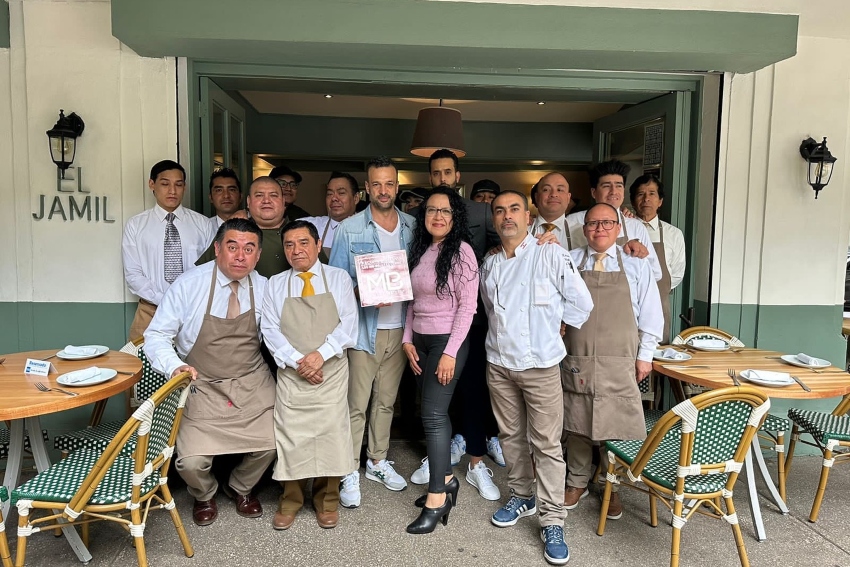
El Jamil on the Amsterdam circle in Condesa has a much lighter and modern feel as you look out into the surrounding greenery and sip a cool, sweet white wine at one of the sidewalk tables. They serve what are, for me, the freshest versions of Lebanese dishes I have had in the city. The fattoush salad with fresh mint and purslane, dusted with tangy sumac, is an explosion of contrasting flavors. The whiff of cinnamon from the fried kibbe bola will have you believing it’s sweet until you take an incredible savory bite along with a smear of sour jocoque on top. A trace of rose water in the baklava gives this dessert made of honey and ground pistachios extra decadence. It’s an all-around great experience.
Pat Patz for more pizzazz
For less purism and more pizzazz, Pat Patz, discussed previously, is a must. Mijael Seidel has a menu that spans several different types of Middle Eastern cuisine. His Lebanese dishes have small adaptations that make them shine — baba ganoush with honey, walnuts, and pomegranate, tabouleh with whole wheat berries instead of bulgur and labneh with a touch of dill in homage to Seidel’s Eastern European Jewish ancestors. The food here might make a Lebanese grandmother blush with the impropriety. But for me, it’s a flavor-filled dream.
Lydia Carey is a freelance writer and translator based in Mexico City. She has been published widely both online and in print, writing about Mexico for over a decade. She lives a double life as a local tour guide and is the author of “Mexico City Streets: La Roma.” Follow her urban adventures on Instagram and see more of her work at mexicocitystreets.com.

